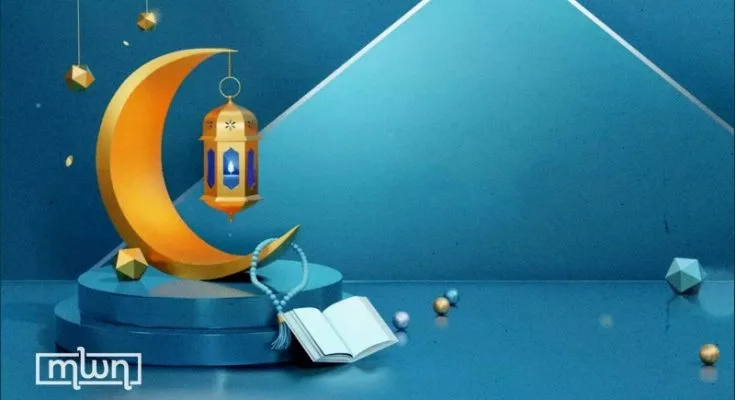Saudi Arabia’s Islamic affairs authorities announced March 11 as the first day of Ramadan 2024.
The decision comes after the country’s special moon-sighting committee announced that the crescent was visible during the sighting tonight, meaning tomorrow should be the first day of Ramadan in the Gulf country.
Ramadan is expected to last for 30 days in Saudi Arabia, unlike in Morocco, where Muslims will fast for only 29 days this year.
Ramadan customs, especially food served during iftar differ from one country to another. But Islamic rituals remain the same, including charities also called Zakat in Arabic, as well as religious customs.
During Ramadan, Muslims perform extra prayers following isha or night prayers every day throughout the holy month.
Streets, especially in the Middle East are fully adorned with lights and lamps in the shape of the moon or fanous, a traditional lantern used to decorate stress in homes during the holy month. Fanous are more common in Egypt. According to the government website Visit Saudi, this tradition takes place on the 13th, 14th or the 15th day of Ramadan.
“Sometimes compared to Halloween, Gargee’an is marked by ‘children dressing up in traditional attire, going door to door, singing traditional songs and getting sweets from their neighbors,’” Visit Saudi Arabia quoted Firas Al Rkhayes, an Arabic language teacher, as saying.
Saudi Arabia’s Islamic affairs authorities announced March 11 as the first day of Ramadan 2024.
The decision comes after the country’s special moon-sighting committee announced that the crescent was visible during the sighting tonight, meaning tomorrow should be the first day of Ramadan in the Gulf country.
Ramadan is expected to last for 30 days in Saudi Arabia, unlike in Morocco, where Muslims will fast for only 29 days this year.
Ramadan customs, especially food served during iftar differ from one country to another. But Islamic rituals remain the same, including charities also called Zakat in Arabic, as well as religious customs.
During Ramadan, Muslims perform extra prayers following isha or night prayers every day throughout the holy month.
Streets, especially in the Middle East are fully adorned with lights and lamps in the shape of the moon or fanous, a traditional lantern used to decorate stress in homes during the holy month. Fanous are more common in Egypt. According to the government website Visit Saudi, this tradition takes place on the 13th, 14th or the 15th day of Ramadan.
“Sometimes compared to Halloween, Gargee’an is marked by ‘children dressing up in traditional attire, going door to door, singing traditional songs and getting sweets from their neighbors,’”
